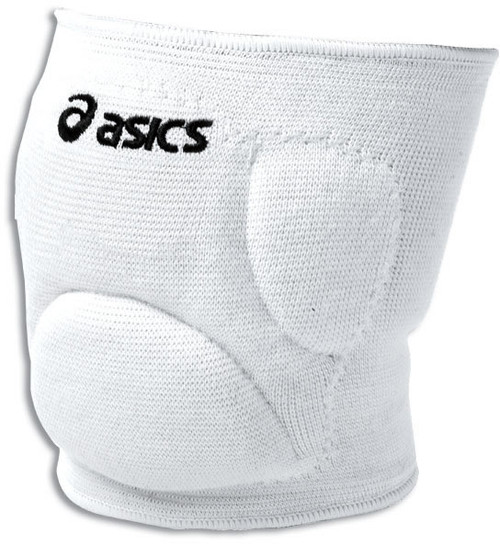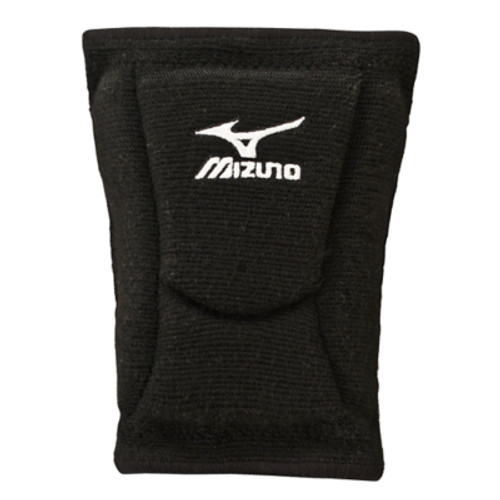-

-

-

-

-

-

-

-

-

Asics Youth Gel-Rally Kneepad
MSRP: $18.00$14.99 -

-

-

Volleyball Kneepads
What is the best kind of kneepads?
This is a tough question to answer. With volleyball kneepads, it boils down to personal preference and what's the most comfortable for you. We can explain some differences though, and give you some history of volleyball kneepads.
Bubble Style Kneepads vs. Flat Style
Two different types of volleyball kneepads exist — bubble style kneedpads and flat style kneedpads.
Bubble style kneepads: This style used to be the only type of volleyball kneepad available and it is what most people think of as a traditional style kneepad. Basically, a bubble style kneepad has a big pad in the front of the knee, directly on your kneecap. The bubble style kneepad is rather thick (thus the name, bubble type), and it provides a lot of cushioning if you fall straight forward onto your knees. Unfortunately, this style volleyball kneepad is not as readily available as it used to be. In fact, we carry and know of only two bubble style kneepads — the Asics ZD0009. Mizuno and Adidas no longer even make a bubble style volleyball kneepad.
Flat style kneepads: Flat style volleyball kneepads were first brought out by Mizuno in the mid 1990s. This style, dubbed the MZ-J1, was quite different from all the volleyball kneepads available then, and it proved to be quite popular. Consequently, most volleyball kneepads made today are the flat style.
The MZ-J1 was so successful because it provided two features that many volleyball players liked. First, it wasn't as bulky as the bubble style, allowing volleyball players to move better. Second, the flat style MZ-J1 kneepad could wrap around the knee (which is why some people refer to flat type volleyball kneepads as "wrap around kneepads"). This wrap around style provided some padding to the sides of the knees, a feature that went over very well because in volleyball, 6 people are stuck in a small square, increasing the chances of running into their teammates. (Although some players may rarely fall on the ground, depending on their position, they still run into their teammates.) Also, when players fall down, they don't always fall perfectly straight forward, making a case for padding along the sides of the knee.
The downside of flat style volleyball kneepads is that they have less padding directly in front of the knee, which is why some players prefer the bubble style. So when these players do fall directly straight ahead onto their kneecaps, they do not get as much cushioning with a flat style kneepad as they would with the bubble style.
Differences among Kneepad Styles
Some differences also exist between volleyball kneepads within the same style. That's why, for example, Asics makes 7 different styles. These differences include type of padding used, sleeve length, padding thickness, and how much the volleyball kneepad wraps around the knee.
Asics and Mizuno also make junior volleyball kneepads, which are the same as the standard models but with a smaller diameter sleeve.
As you can see, which features are best for you really depends upon your personal preference for comfort, protection, and ease of movement in a volleyball kneepad.
